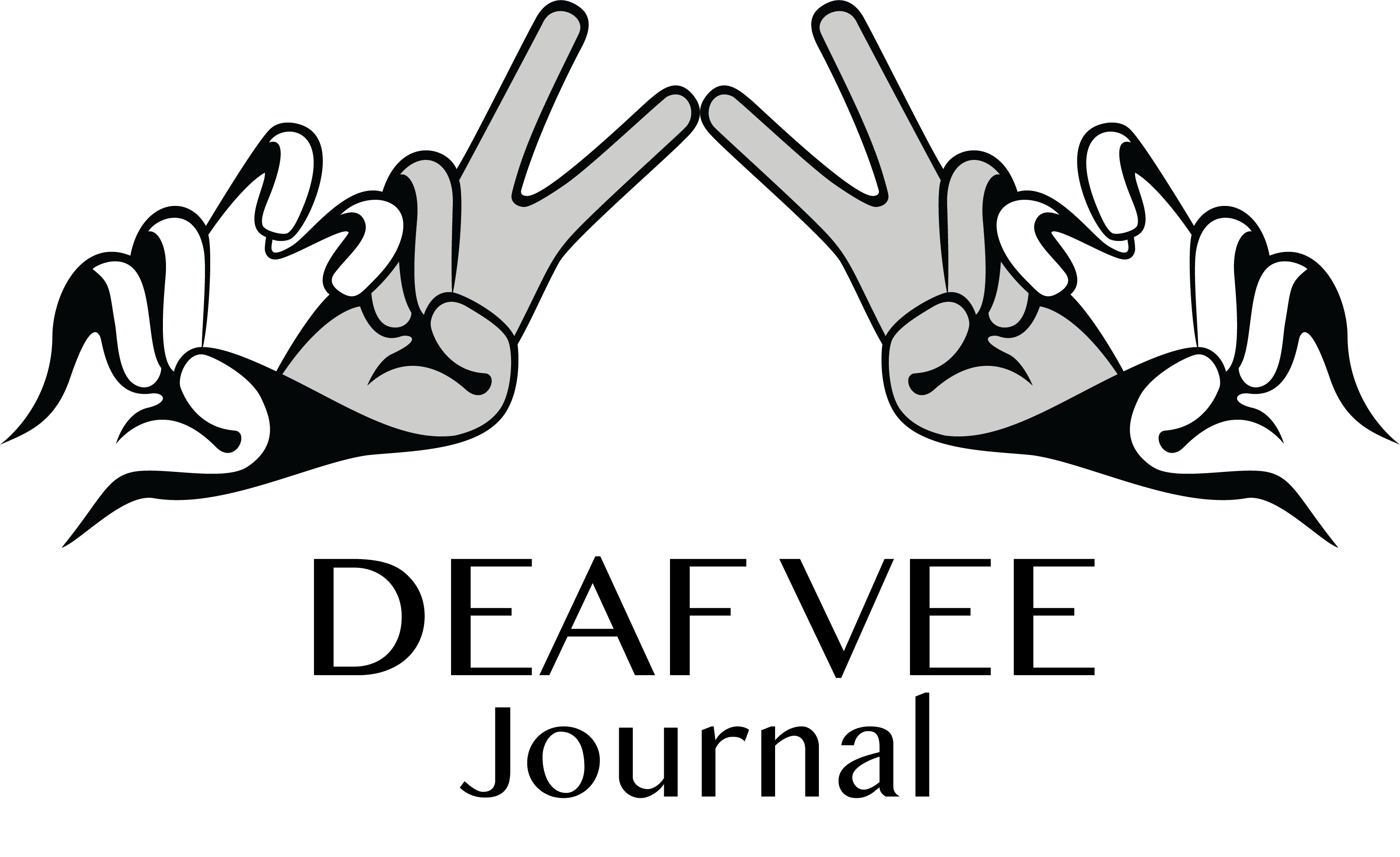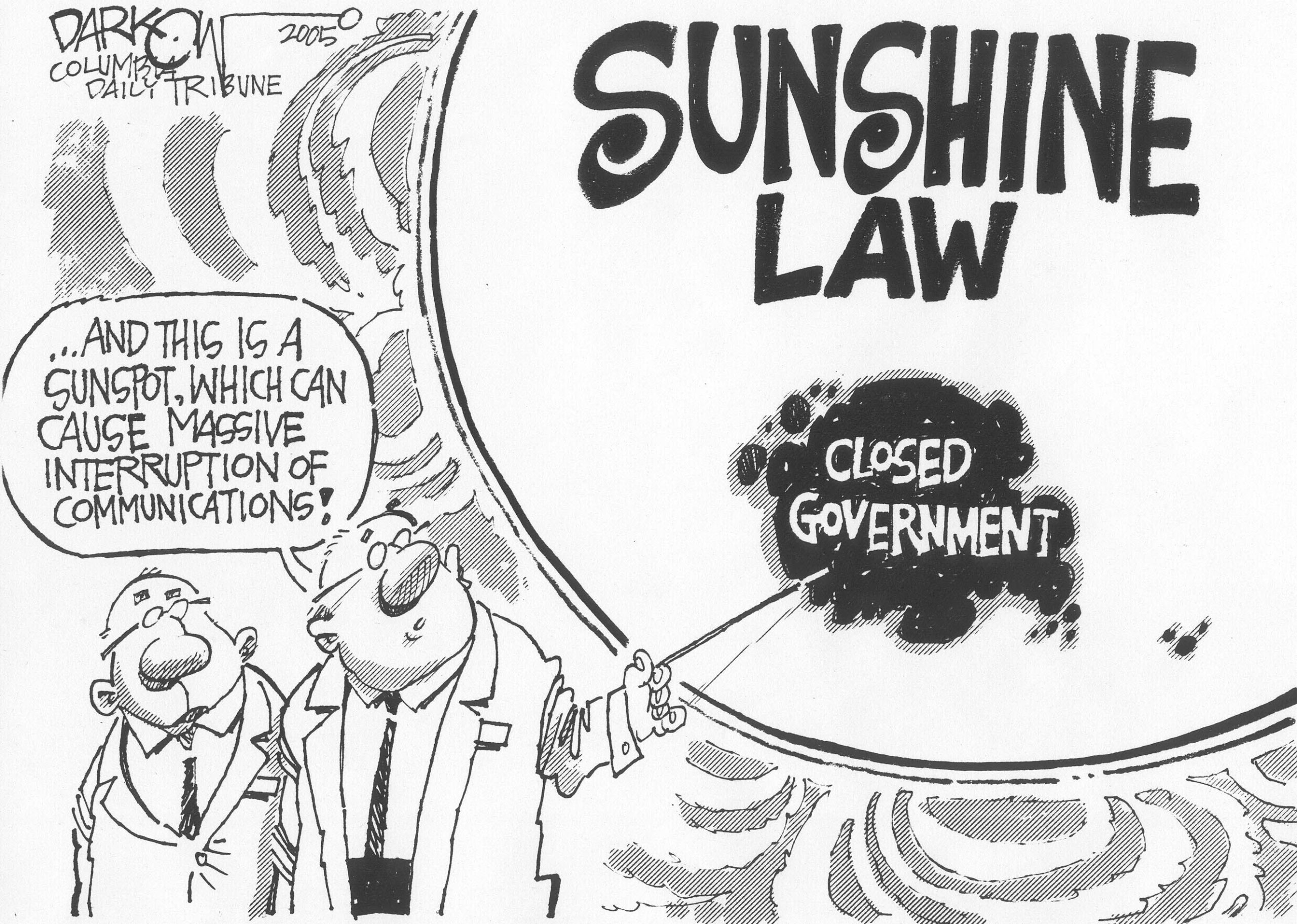The Indiana School for the Deaf [ISD] was founded in 1843 and later built at East 42nd Street in 1911, and it serves 350 Deaf* students and children ranging from newborns to the 12th grade (Quinn, 2020). The Indiana School for the Blind and Visually [ISBVI] followed suit in 1930 on separate grounds about five miles north, off North College Avenue and East 75th street, and it serves 450 students ages 3-22 with 150 being full-time on-campus students (Quinn, 2020).
Both schools are in dire need of major repairs and upgrades that total nearly $100 million over the next 20 years, as documented in American Stucturepoint’s incomplete analytic report (the final report will be 400+ pages, to be finished at a later date). The past year and a half alone saw both schools request over $8.3 million from the State Budget Committee for HVAC replacements, roof repairs, and other expensive but necessary projects (Quinn, 2020).
State officials are thinking that it is possible to get more “bang for the buck” by building all-new school buildings on a shared property instead. That way, more of Indiana’s overall state budget for both schools can better focus on the quality of education and life for the students.
HB 1443 was passed last year in April to create a task force that is responsible for evaluating whether it is a good idea for the state to move both schools to a shared site. According to the original text found in HB 1443, the task force has nine members, who are listed below:
- David Geeslin, the current Superintendent for ISD, or his representative.
- James R. Durst, the current Superintendent for ISBVI, or his representative.
- Lesley Crane, the current Commissioner from the Department of Administration.
- Greg Gantt, a Deaf person who attended and graduated from ISD.
- James Michaels, a blind person who previously attended and graduated from ISBVI.
- A parent of a current full-time student at the Indiana School for the Deaf.
- A parent of a current full-time student at the Indiana School for the Blind and Visually Impaired.
- Senator Liz Brown, R-Fort Wayne.
- A member from the state’s House of Representatives.
An advisory committee was also established to provide advice for the task force, as required under HB 1443. The advisory committee has nine members as well:
- Jeremy Hawk, who is ISD’s Operations Director.
- Todd Malone, who is ISBVI’s Maintenance Supervisor (his duties are similar to the Operations Director’s duties, just different job titles).
- Zac Jackson, the current State Budget Director, or his representative.
- Teresa Lubbers, the current Commissioner of the Commission for Higher Education, or her selected representative.
- Jennifer McCormick, the current Superintendent of Public Education, or her selected representative.
- A representative of the construction industry.
- A parent of a Deaf* student who attends a public school that is not a charter school.
- A parent of a blind student who attends a public school that is not a charter school.
- Melissa Keyes, Executive Director of Indiana Disability Rights.
Even though HB 1443 was signed into law in April, the task force and task force advisory committee member appointments were not completed until early November (Healy, 2020). The task force and task force advisory committee members finally received e-mails on November 14 with instructions to meet on the 20th and 25th, and they had only 11 business days before their first deadline (Healy, 2020). December 1 was the hard deadline for the task force and advisory committee members to decide if they would recommend to the State Budget Committee that ISD and ISBVI facilities be combined into a single campus (HB 1443).
The task force submitted an interim report on November 25 with the recommendation that two new and separate schools on a shared campus be built, in order to maximize operational efficiency in serving their students. At this time, the task force is currently exploring more in-depth on potential properties that would be large enough for both schools and what facilities the new schools would need and/or can offer (Quinn, 2020).
ISD is in Senator Greg Taylor’s District 33 and both schools fall under Representative Greg Porter’s House District 96, and yet neither legislator was not happy that they were not appointed to the task force as transparency seems to be lacking (Healy, 2020; Quinn, 2020). Taylor and Porter, community members, alumni, and advocates have expressed concern that the decision-making process is being rushed, largely because the schools are on valuable land that real estate developers want to seize for their own gains (Quinn, 2020).
Geeslin, ISD’s Superintendent, stated that he expects the Deaf* community to have mixed opinions on if ISD should move to a combined campus (Quinn, 2020). The Indiana Association of the Deaf stands in opposition against the idea of both schools sharing a property with a written statement: “Co-locating ISD and ISBVI would unduly impact students, parents, and other critical supports which would be disruptive and cost-prohibitive at multiple levels to already underrepresented, disempowered and marginalized groups” (Quinn, 2020).
Both schools have been meeting with engineering firms to expound on what they need and want from the new buildings, should the State of Indiana decide to relocate them (Healy, 2020). The task force has until December 1, 2020 to determine the amount of savings that may happen from moving both schools to one single site, to identify potential locations, and make their final recommendations to the State Budget Committee (HB 1443).
Unless new legislation is passed, the task force’s November 25 interim report still stands.




